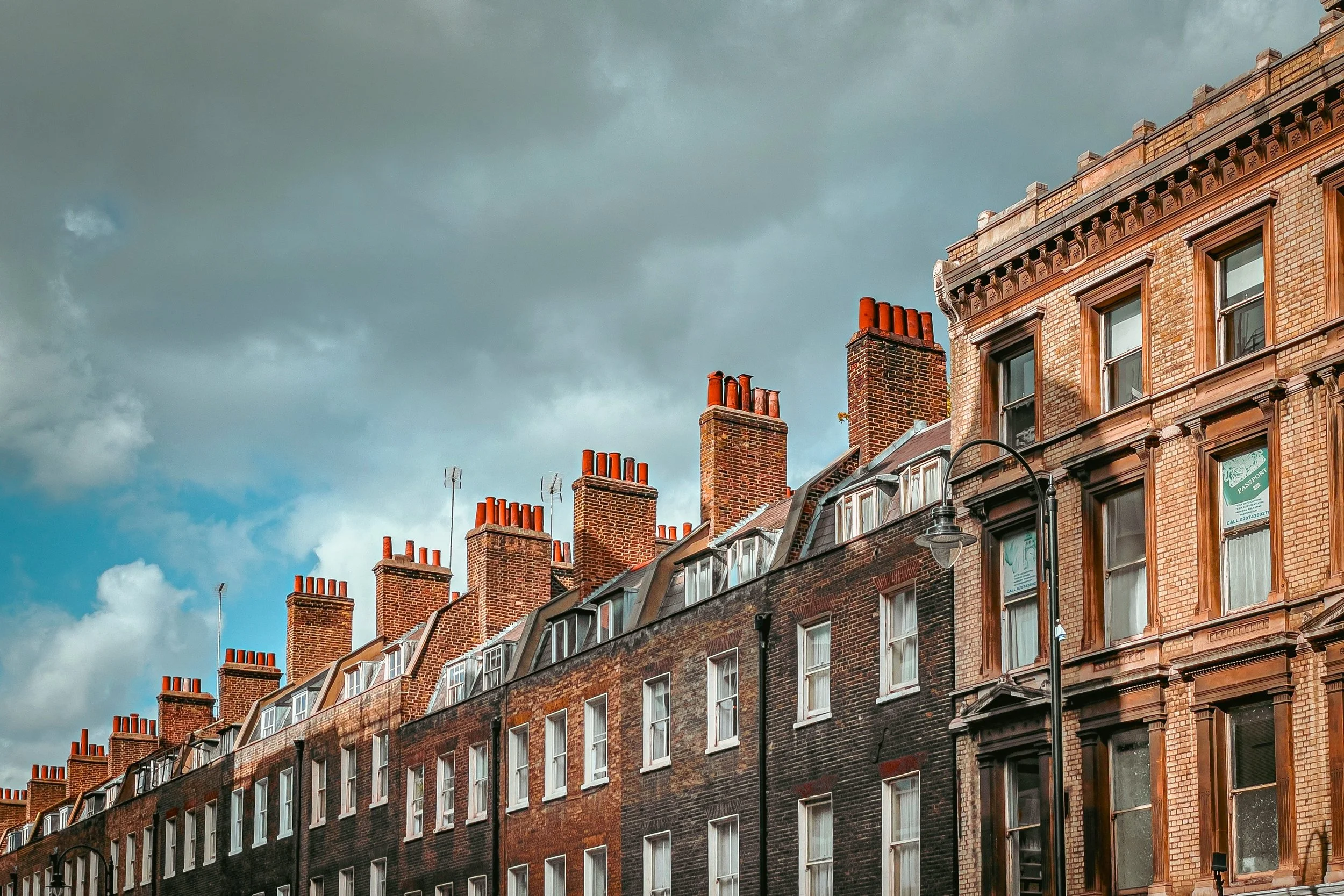The Winners & Losers: House Price Trajectories Since 2020
Image credits: Julio César Mercado / Unsplash
Recent research by Hampton’s analysed data from the ONS House Price Index, taking a look at house price growth across the country. In a period stretching from March 2020 to February 2024, Hampton’s identified the top-performing local authorities where prices have risen the most alongside the areas where prices have fallen the most.
The North of England dominated the top-performing areas. Seven of the top ten local authorities that had seen the greatest price growth over the last four years were in the North West. Rossendale in Lancashire topped the list with 48% price growth. Here, the price of an average property in February 2024, was just under £211,000 and the 48% uplift over the four-year period equated to just over £68,000.
To help put these figures in perspective, the average price of a home in Great Britain rose 21% over the same period, meaning prices in Rossendale have risen more than twice as fast as those in the rest of the country.
Outside the North West, Blaenau Gwent in Wales, the Orkney Islands in Scotland and South Hams in the South West were the only other local authorities to make it into the top 10. Here, house prices increased by 41%, 40% and 37% respectively over the last four years. South Hams has been a popular destination not just for second homeowners, but also movers who have made the most of the rise in flexible working, enabling them to stretch their commute.
It’s not unsurprising that the North of England has performed so well. This is what we would expect to see in the second half of the house price cycle where typically prices in the North are catching up with the South. Meanwhile, the first half of the cycle was characterised by a period when house prices in London rose much quicker than in the rest of the country, before peaking around 2015.
This is one of the main reasons why the local authorities that have performed least well and appear in the bottom 10, are dominated by London Boroughs. In fact, nine of the 10 were London boroughs, with Kensington and Chelsea heading the list. Here the average price of a property cost over £1.1m in February 2024, but price growth has slowed by 10% over a four-year period. In monetary terms, this equates to over £125,000.
Overall, prices in London have risen 6% since the onset of Covid. While areas in Outer London that benefitted from the race 4 space have seen typical property values rise by 12% over that period, Inner London prices have remained flat at 0%. Camden, City of Westminster, City of London, Tower Hamlets, Lambeth, Southwark, Islington and Wandsworth all featured in the bottom 10.
The City of Aberdeen, impacted heavily by the fall in North Sea energy production, was the only local authority outside of London to make it onto this list.
Looking ahead, as we near the end of the current cycle, Hampton’s forecast that some of these weaker-performing areas in the capital to start picking up pace this year and next. In contrast, price growth in the North of England might start to lag.



